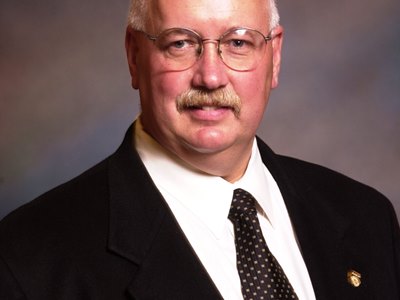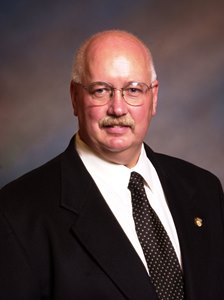Our Voices: More Medication Not the Answer for Racing


There was really no choice!
Though the hardship on horsemen to move horses, grooms, equipment, and their operation to Ellis Park from Churchill Downs a month early is significant, there was really no other logical option. Not to do so would have left the impression that Churchill Downs, the Kentucky Horse Racing Commission, and the Horseracing Integrity and Safety Authority "did nothing" on behalf of the horses, or worse, "did not care."
There may never have been a group of injured horses who have received more intense scrutiny of their, and their co-starters, data than the dozen horses from the Churchill spring meet. This scrutiny has been professional by regulators, veterinarians, epidemiologists, trainers, breeders, and virtually all categories of racing-related personnel. But also, for the past month, the general public has been engaged. Countless non-racing friends and acquaintances who know we work with horse racing quickly branch every conversation into, "What's going on at Churchill Downs?"
Woefully we have to respond, "We don't know yet." Sensitized by the 2019 Santa Anita Park rash of fatalities, the casual fan isn't mollified by the stories about how much we in racing care about the horses and how hard we are working to assess these fatalities and protect the horses. Most conversations still end with, "but the horses..." We cannot carry on business as usual, even if the answer turns out to be that there is no explanation.
So, what do we need to do? It is clear that more liberal medication policies are not the answer. Data from the Equine Injury Database and post-mortem studies shows that horses with fatal injuries have a higher incidence of previous intra-articular injection than average. So, increasing that statistic is not the way forward. Stricter medication policies played a role in the arrest of the injury storm at Santa Anita, but many of those policies were already in place at Churchill. So that simple solution is not the whole answer.
In spite of all of the new technology and imaging options available, the best arbiter of a horse's fitness to race remains the attending and regulatory veterinarian. The Equine Injury Database has demonstrated a 38% reduction in injury since 2009. The single biggest reason for this is the coming of age of the regulatory veterinarian as a respected professional. There are many working in this field who are responsible for this evolution.
These thankless souls are charged with making key decisions on behalf of every starter every day of racing. And the best thing the industry has done for their effort is to minimize the medications on board in the horse when this decision must be made. Recognizing that lameness is a sign of an underlying issue and not the issue itself has validated the approach of minimizing medication. It makes little sense to try to make this judgment when every effort has been made to minimize the signs of pain, heat, and swelling, which are the only clues for the regulatory veterinarian that this horse should not be racing. Covering up the signs of an issue when it is the issue you are trying to identify makes no sense.
No examining veterinarian can be all-knowing, but these pre-race examinations have produced serious results on behalf of the horse and racing. As a practicing veterinarian, I use medication, as do the attending veterinarians at the racetrack. This is good practice and vital to keeping an athlete competitive. Current treatment methods can solve many lameness-causing issues. But we want these medications to be well below their efficacy thresholds before a race and pre-race examination so they are not covering an underlying issue we should be identifying. Do we have perfect regulations in place yet? Certainly not—they are a work in progress. But HISA has a far better approach than we have ever had, and I am confident they will improve with time and experience. I don't agree with the premise of the Kentucky Horsemen's Benevolent and Protective Association that our solution for the prevention of racing injuries is more permissive medication. Treatments need to have their effect on the disease and then be out of the way before the pre-race examinations occur.
It is likely that electronic sensors and targeted imaging will lend a hand in some of the regulatory veterinarians' decision-making in the not-too-distant future, but at this point we must depend on their observations and judgment. Let's not make it any harder to make those decisions.
Dr. Larry R. Bramlage is an internationally-recognized equine orthopedic surgeon and practices at Rood & Riddle Equine Hospital in Lexington, Ky. He is a past president of the American Association of Equine Practitioners and the American College of Veterinary Surgeons.
